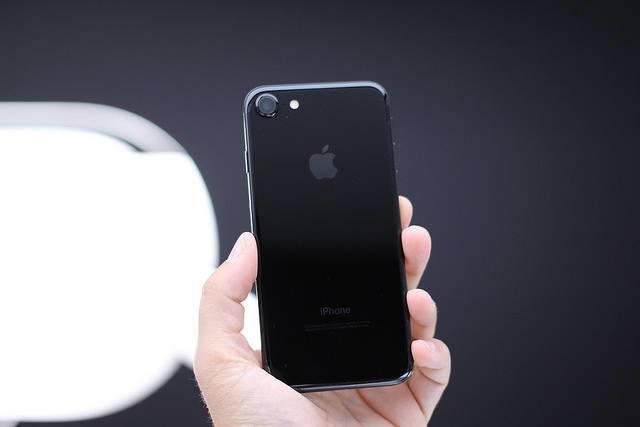
A decade ago, an ongoing fear of the proliferation of cell phones was that they could possibly have a link to brain cancer. Scientific studies have found that there is scant evidence of any ties between cell phone use and cancer – but in any event, with smartphones now the norm, talking is the last thing most of us do on our iPhones or Android devices.
And therein lies the problem, according to two activist investors who reportedly own approximately $2 billion in Apple shares.
JANA Partners, a hedge fund, and the California State Teachers’ Retirement System (CALSTRS) recently co-wrote an open letter to Apple’s board of directors. In it, both organizations urged Apple to do more to counter children’s addition to smartphones.
The letter showcased what the authors say is growing evidence that excessive smartphone use has ties to behavioral problems, depression and anxiety.
As anyone who is a parent can testify, limiting kids’ time on screen can be a daily battle.
“94 percent of parents have taken some action to manage their child’s technology use, but it is both unrealistic and a poor long-term business strategy to ask parents to fight this battle alone,” wrote JANA’s Barry Rosenstein and CALSTRS’ Anne Sheehan. “Imagine the goodwill Apple can generate with parents by partnering with them in this effort and with the next generation of customers by offering their parents more options to protect their health and well-being.”
Rosenstein and Sheehan recommended that Apple embark on a plan to raise awareness about the risks of smartphone addiction. Such steps would include launching a committee of child development experts to study this problem; offering the company’s own vast amounts of data to assist more research initiatives; enabling technologies that can make it easier to limit what apps children can access on a smartphone; educating parents about how they can take on this challenge; and assigning a high-level executive to release annual progress reports on this issue.
In an interview with CNBC yesterday, Rosenstein, along with a partner at JANA, Charles Penner, lauded Apple’s success and innovation over the years. But they also suggested the company should be more proactive about smartphone addition to ensure their leadership in the marketplace. “There’s no question that we need to be responsive to children’s needs and children’s activities. And there’s lots of research that has indicated that excessive usage of smartphones is damaging these kids,” Rosenstein said.
Apple has maintained repeatedly that it has been at the forefront of the technology sector by insuring its products include parental control features.
But Rosenstein and Penner insisted that Apple’s leadership in the technology sector, together with its reputation for innovation, are exactly why JANA and CALSTRS have focused on the company. "Apple is the smartest place to start. They are the leader in the industry and what they do can send a powerful message to the rest of the industry," Penner explained during CNBC’s “Fast Money Halftime Report.”
Penner also reiterated that the issue was not about who or what are at fault. He made the analogy that while no one can blame Apple for climate change, the company has at times done its part to help solve that problem. To that end, when it comes to tackling smartphone addiction, Penner said the company could be more proactive by making those parental controls more sophisticated and front-and-center than the options currently available on its products. A binary on-or-off option is not enough, as some research has inferred limited use of smartphones can actually be beneficial for children, if curtailed to about an hour a day.
From Penner’s point of view, while the controls on Apple devices may appear to be good, they worked best in a 2008 world. “But since 2008, a lot has changed. There’s more research out there, and we think that the controls . . . can be brought up to date to align with the research and developments in technology.”
Image credit: Maurizio Pesce/Flickr

Leon Kaye has written for 3p since 2010 and become executive editor in 2018. His previous work includes writing for the Guardian as well as other online and print publications. In addition, he's worked in sales executive roles within technology and financial research companies, as well as for a public relations firm, for which he consulted with one of the globe’s leading sustainability initiatives. Currently living in Central California, he’s traveled to 70-plus countries and has lived and worked in South Korea, the United Arab Emirates and Uruguay.
Leon’s an alum of Fresno State, the University of Maryland, Baltimore County and the University of Southern California's Marshall Business School. He enjoys traveling abroad as well as exploring California’s Central Coast and the Sierra Nevadas.














